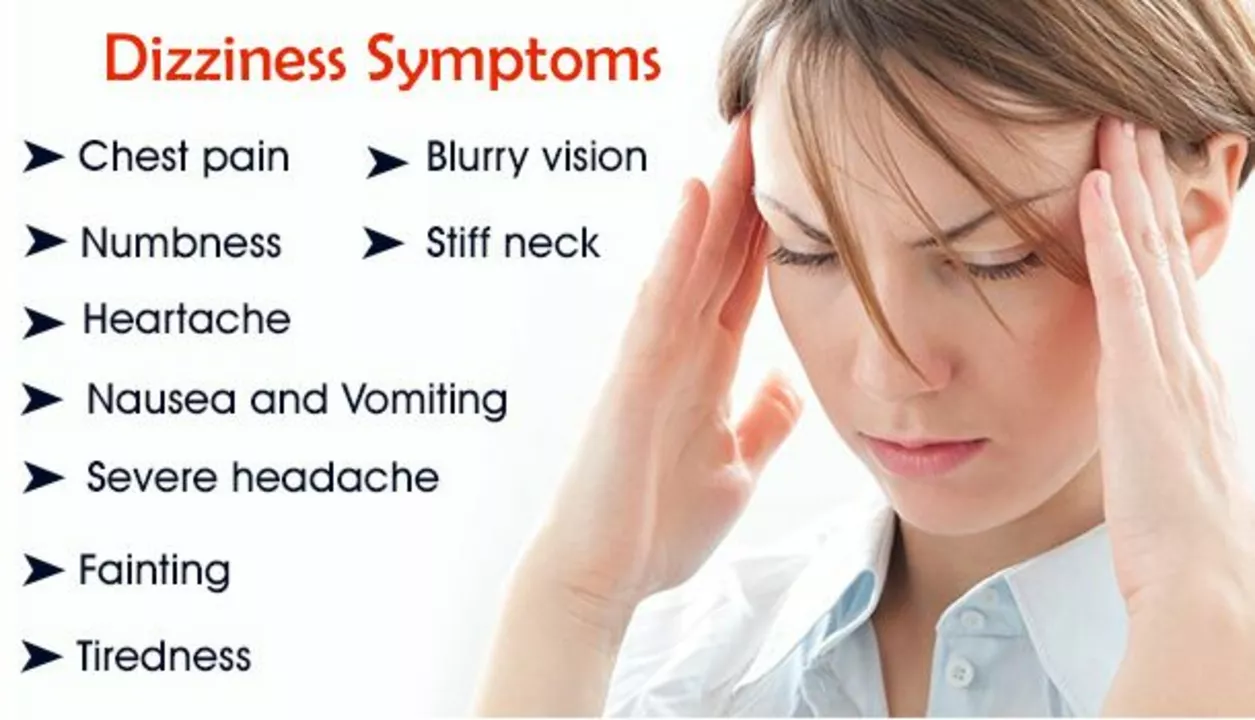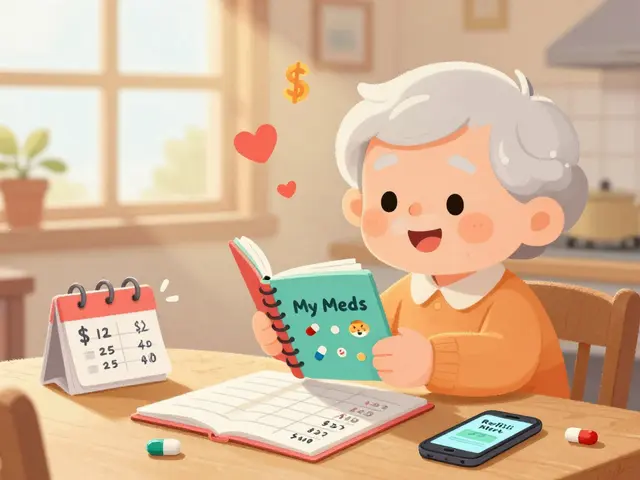Depression symptoms: how to recognize them fast
Feeling numb, tired all the time, or losing interest in things you used to enjoy? Those are classic depression symptoms. They often start small and build up. Knowing the common signs helps you act sooner, not later.
How to spot depression in yourself or others
Depression doesn’t look the same for everyone. Watch for changes that last two weeks or more and affect daily life. Common emotional signs include persistent sadness, hopelessness, or irritability. People often describe a heavy feeling or numbness rather than crying all the time.
Cognitive symptoms show up as trouble concentrating, forgetfulness, or slowed thinking. You might find it hard to make simple decisions or follow conversations. Physical signs include low energy, sleeping too much or too little, appetite changes, and unexplained aches.
Some people show more anger than sadness, especially men and teens. Older adults might act withdrawn or complain about body pain. Kids can get clingy, fall behind at school, or act out. If someone’s behavior is a clear change from their usual self, take that seriously.
What to do next: getting help and immediate steps
If symptoms are mild, try small, practical steps first. Keep a basic routine: sleep and wake at the same time, eat simple meals, and move your body for 20–30 minutes most days. Contact a friend and tell them you’re struggling—social support matters more than people expect.
For moderate to severe symptoms, reach out to a health professional. A family doctor or mental health clinician can assess depression and suggest therapy, medication, or both. Cognitive-behavioral therapy and antidepressants are common first steps that help many people.
Watch for urgent warning signs: thoughts of harming yourself, talking about death, giving away possessions, or sudden calm after deep despair. If any of these appear, get immediate help—call emergency services, a crisis line, or go to the nearest ER. If you’re in the U.S., dial 988 for the Suicide & Crisis Lifeline. If you’re elsewhere, look up local crisis resources now.
When talking to someone about their depression symptoms, be direct and kind. Say what you’ve noticed (“You seem down and tired lately”), ask how they’re doing, and offer to help find care or go with them to an appointment. Avoid minimizing their feelings or giving quick fixes.
Treatment takes time and small wins matter. Track what helps—sleep changes, activity, or a type of talk therapy—and share that with a clinician. If one treatment doesn’t work, try another. People often need adjustments before they feel better.
Depression symptoms are common and treatable. Spotting them early and taking practical steps—reach out, keep routines, and see a professional—can change the course of recovery. If you’re unsure where to start, call your doctor or a trusted helpline today.




